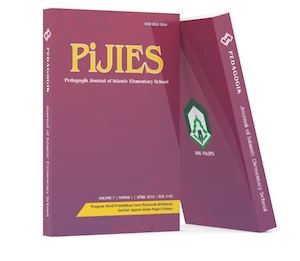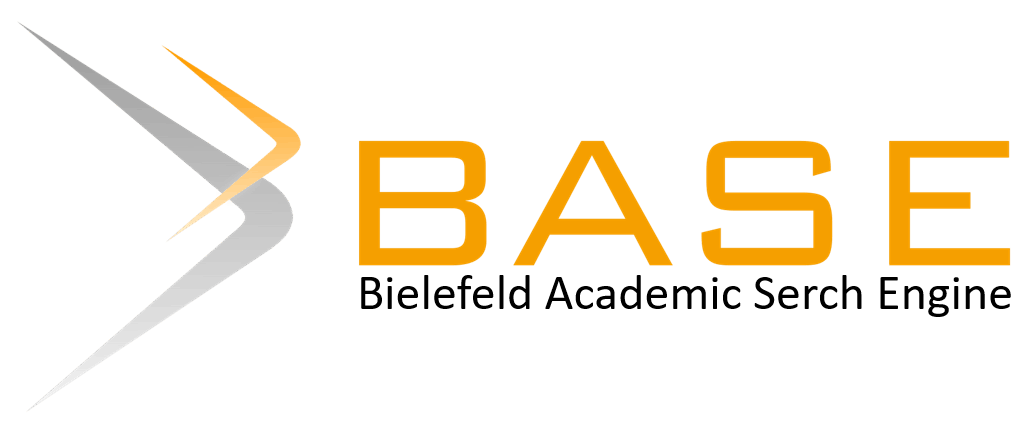The Importance of Educational Facilities and Infrastructure Planning
DOI:
https://doi.org/10.24256/pijies.v8i2.7549Keywords:
educational quality, facilities, planning, infrastructureAbstract
Educational facilities and infrastructure in schools are highly valued because they are key supporting factors in supporting an effective, efficient, and high-quality learning process. Without adequate facilities and infrastructure, educational goals are difficult to achieve optimally. Therefore, their provision must be a top priority in school management and education policy. The purpose of this study is to explore the planning of educational infrastructure. The method used is qualitative. Data collection techniques using interviews to school principals and teachers. The research was conducted at SD Muhammadiyah Prambanan. The analysis was conducted with the help of Atlas.ti software version 23. The results of the study showed that the planning of infrastructure facilities in elementary schools includes needs analysis, budget allocation, procurement based on priorities, maintenance, and demolition. This research recommendation is addressed to all elementary schools as part of being able to develop infrastructure facilities based on needs.
References
Alfarisi, S. (2021). Analisis Perencanaan Sarana dan Prasarana Pendidikan Islam. Rayah Al-Islam, 5(1), 189–204. https://doi.org/10.37274/rais.v5i1.401
Boko, Y. A. (2020). Perencanaan Sarana dan Prasarana (SARPRAS) Sekolah. JUPEK: Jurnal Pendidikan dan Ekonomi, 1(1), 44–52.
Fauzan, A. (2018). Manajemen Sarana dan Prasarana Hisbullah Natar Lampung Selatan. Jurnal Kajian Ilmu Pendidikan, 3(1), 249–276.
Firmansyah, T., Supriyanto, A., & Timan, A. (2018). Efektivitas Pemanfaatan Sarana dan Prasarana dalam Meningkatkan Mutu Layanan di SMA Laboratorium. Jurnal Manajemen dan Supervisi Pendidikan, 2(3), 179–184. https://doi.org/10.17977/um025v2i32018p179
Hartoni, H. (2018). Impelementasi Manajemen Sarana dan Prasarana di Sekolah Menengah Kejuruan. Al-Idarah: Jurnal Kependidikan Islam, 8(1), 178. https://doi.org/10.24042/alidarah.v8i1.3088
Herawati, S., Arafat, Y., & Puspita, Y. (2020). Manajemen Pemanfaatan Sarana dan Prasarana Pembelajaran. Attractive: Innovative Education Journal, 2(3), 21. https://doi.org/10.51278/aj.v2i3.68
Huda, M. N. (2020). Inventarisasi dan Penghapusan Sarana Prasarana Pendidikan. Ta’dibi: Jurnal Manajemen Pendidikan Islam, 8(2), 25–44.
Ikawati, A. (2018). Pengelolaan Sarana dan Prasarana Pembelajaran Produktif di SMKN 3 Makasar. Eprints Universitas Negeri Makassar, 1–15.
Kartika, S., Husni, H., & Millah, S. (2019). Pengaruh Kualitas Sarana dan Prasarana terhadap Minat Belajar Siswa dalam Pembelajaran Pendidikan Agama Islam. Jurnal Penelitian Pendidikan Islam, 7(1), 113. https://doi.org/10.36667/jppi.v7i1.360
Kenoret, Y., Ratoe, M., & Basri, K. (2019). Optimalisasi Pemanfaatan Sarana Prasarana dalam Meningkatkan Mutu. PEMBELAJAR: Jurnal Ilmu Pendidikan, Keguruan, dan Pembelajaran, 3, 102–110. https://doi.org/10.26858/pembelajar.v3i2.10068
Maryadi. (2018). Manajemen Sarana dan Prasarana dalam Pembelajaran SD. Jurnal Manajemen Pendidikan, (2), 15–23.
Nurmaidah. (2018). Manajemen Sarana dan Prasarana. Jurnal Al-Afkar, VI(1), 30–50. https://doi.org/10.48094/raudhah.v4i2.47
Ristianah, N. (2018). Perencanaan Sarana Prasarana Pendidikan (Studi di PAUD Darush Sholihin Tanjunganom Nganjuk). INTIZAM, Jurnal Manajemen Pendidikan Islam, 2(1), 64–76.
Sahnan, M. (2017). Urgensi Perencanaan Pendidikan di Sekolah Dasar. Jurnal PPkn dan Hukum, 12(2), 142–159.
Saryono & Hutomo. (2016). Manajemen Pengelolaan Sarana dan Prasarana Pendidikan Jasmani di SMA Negeri Se Kota Yogyakarta. Jurnal Pendidikan Jasmani Indonesia, 12(1), 23–33.
Sinta, I. M. (2019). Manajemen Sarana Prasarana. Jurnal Islamic Education Manajemen, 4(1), 77–92. https://doi.org/10.15575/isema.v3i2.5645
Downloads
Published
How to Cite
Issue
Section
Citation Check
License
Copyright (c) 2025 Eka Cahya Sari Putra, Fitri Nurmahmudah, Aliyah Rasyid Baswedan

This work is licensed under a Creative Commons Attribution-ShareAlike 4.0 International License.
Copyright notice:
Authors retain copyright and grant the journal right of first publication with the work simultaneously licensed under an Attribution-ShareAlike 4.0 International (CC BY-SA 4.0) (https://creativecommons.org/licenses/by-sa/4.0/) that allows others to share the work with an acknowledgement of the work's authorship and initial publication in this journal.
Authors are able to enter into separate, additional contractual arrangements for the non-exclusive distribution of the journal's published version of the work (e.g., post it to an institutional repository or publish it in a book), with an acknowledgement of its initial publication in this journal.
Authors are permitted and encouraged to post their work online (e.g., in institutional repositories or on their website) prior to and during the submission process, as it can lead to productive exchanges, as well as earlier and greater citation of published work (See the Effect of Open Access)







 This is an open access article under the
This is an open access article under the 